What is a Structural Welder, And How Do You Become One?
Last Updated on
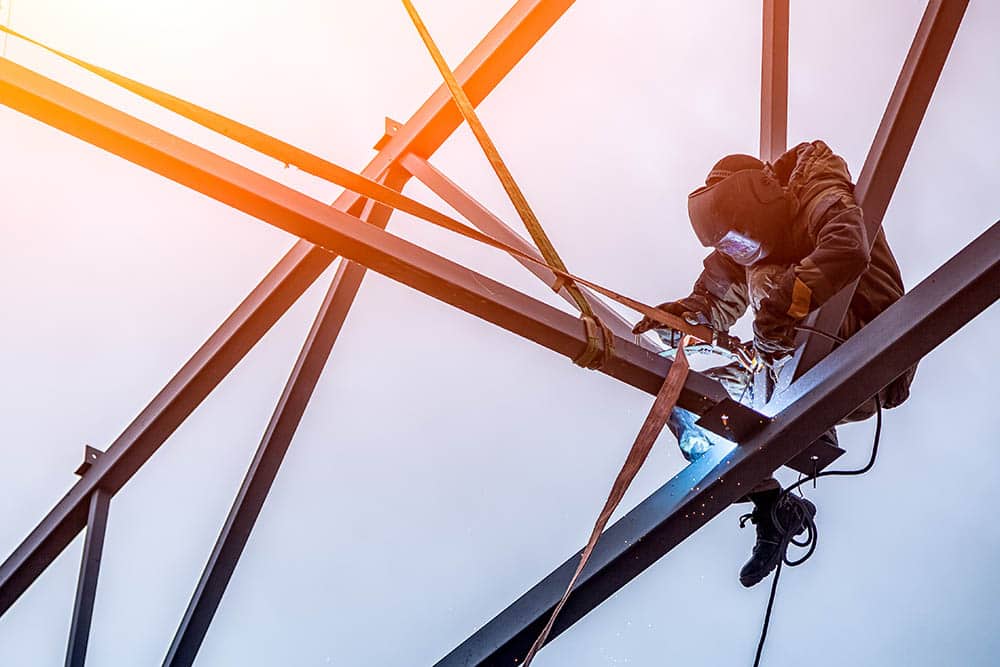
Structural welders are in high demand right now. If you wish to become one, there are plenty of job opportunities from the construction of buildings to bridges. And, if you can land one of these positions in your career, you’re in luck. These jobs offer excellent income for people who are just starting.
In this article, we’ll tell you what a structural welder does. We’ll also discuss how to become a structural welder. Keep reading to learn more!
Who is a Structural Welder?
A structural welder specializes in the welding of steel structures. The special skill needed in structural welding is the ability to weld large steel structures. In other words, these welders weld large steel parts used in building construction.
Structural welders weld bridges, ships, and many more. They have to be strong enough due to the nature of the work as they work under stress. The equipment used can include load-supporting trusses, machines, and so on.
Structural welding has become a significant part of today’s industry because of all the innovations created for residential housing and commercial buildings.
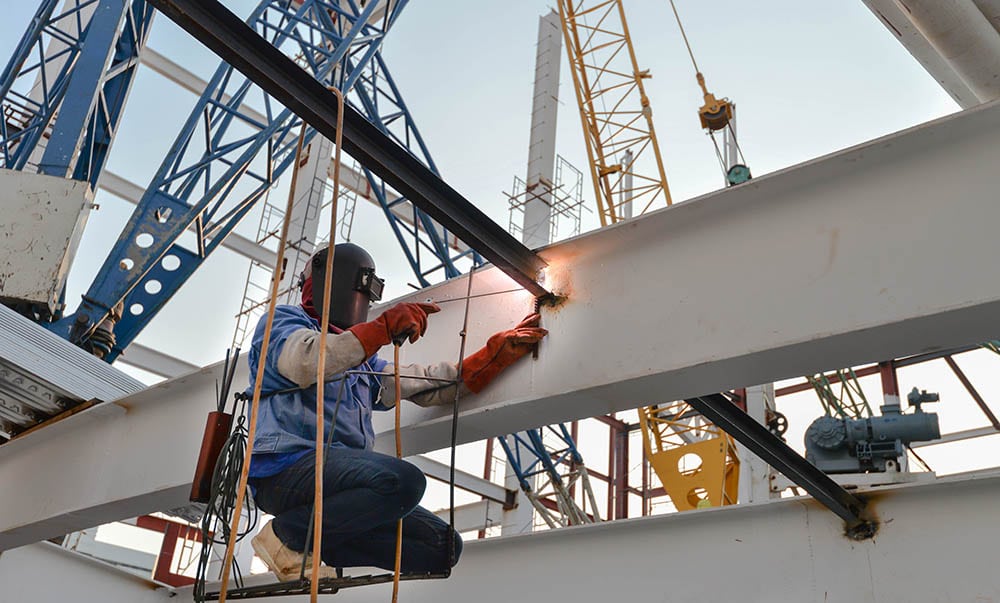
Duties and Responsibilities of a Structural Welder
The primary duty of structural welders is to make sure structures are safe for everyday users. They also repair damaged structures after an accident or storm. In addition to these, below are more duties of structural welders.
- Create the connections between beams and columns to stabilize a building
- Prepare structures, parts, and materials for welding
- Perform welding activities for large structures
- Make precise welded connections
- Follow engineering specifications, sketches, drawings, blueprints, and written directions.
- Determine the type of load a structure will carry, and design a welded joint that will secure it
- Inspect welds to ensure they’re not damaged, have proper dimensions, and are free from defects
- Repair and replace damaged beams and other types of structural components
- Use complex software to figure out the exact angles of the beams
- Install welded steel supports, beams, girders, and columns
- Determine the structural integrity of ferrous and non-ferrous metals
- Pinpoint hidden defects within a blueprint or a structure
- Weld a variety of structures, from oil rigs to skyscrapers
What Types of Welding does a Structural Welder Use?
Structural welders use three welding techniques:
- Shielded Metal Arc Welding (SMAW)
- Gas Metal Arc Welding (GMAW)
- Flux-Cored Arc Welding (FCAW)
Shielded Metal Arc Welding
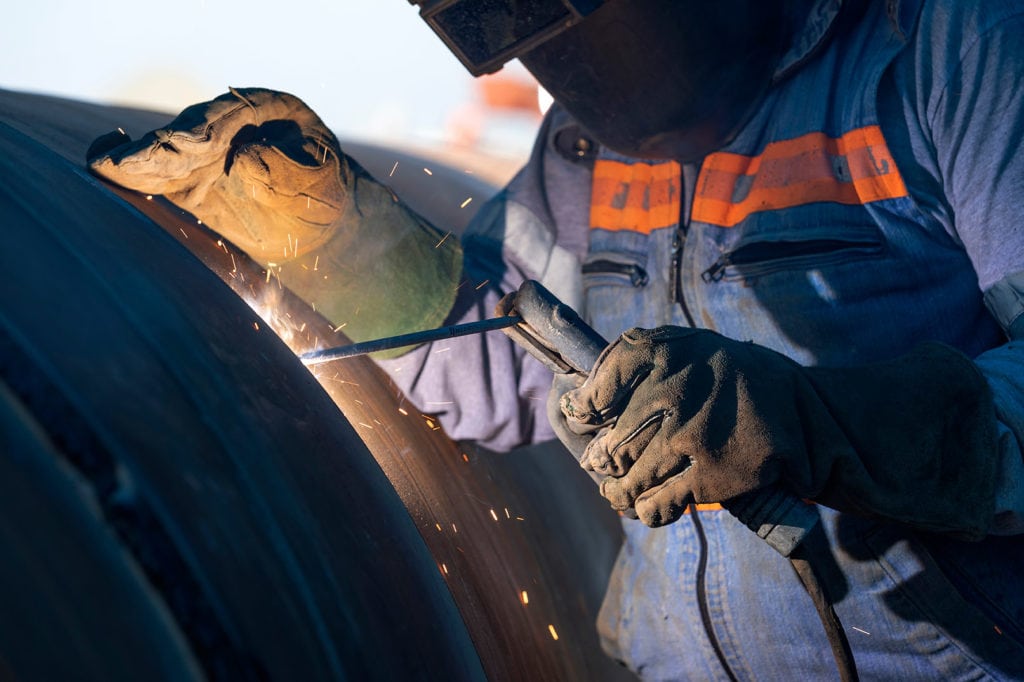
The structural welder uses an electric arc to weld pieces of metal. The arc heats the two pieces of metal. The metal melts and flows into the gap between them. The welder feeds the wire through the filler rod, which melts and flows onto the arc. It provides a continuous welding path.
Gas Metal Arc Welding
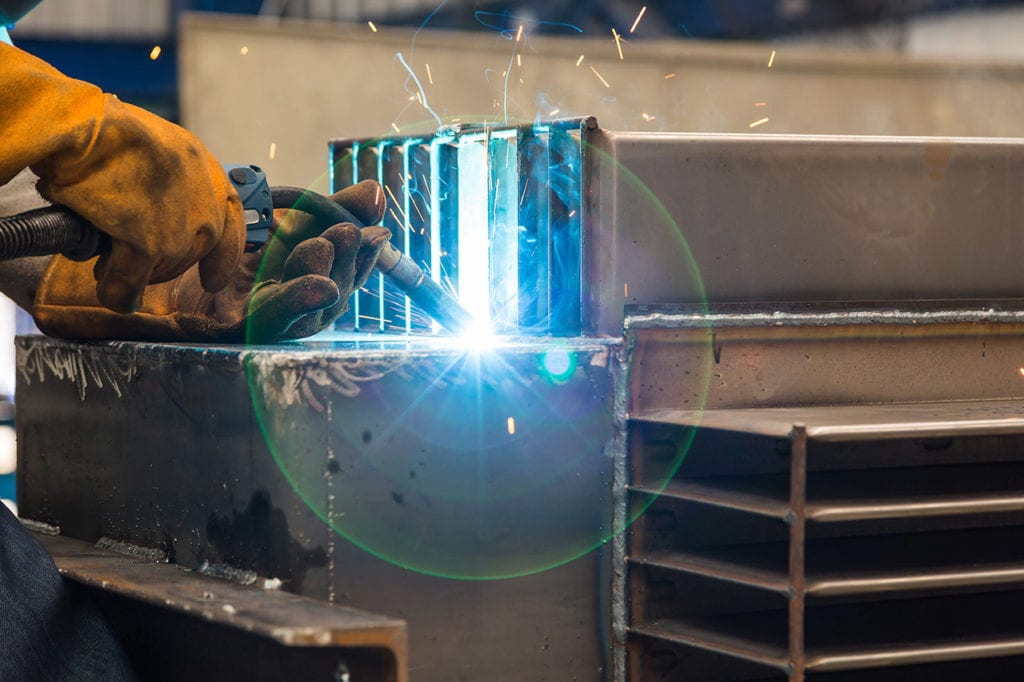
The welder uses the MIG welding process where the wire electrode is submerged in a shielding gas, and the arc melts the electrode. The molten metal flows onto the weld joint.
Flux-Cored Arc Welding
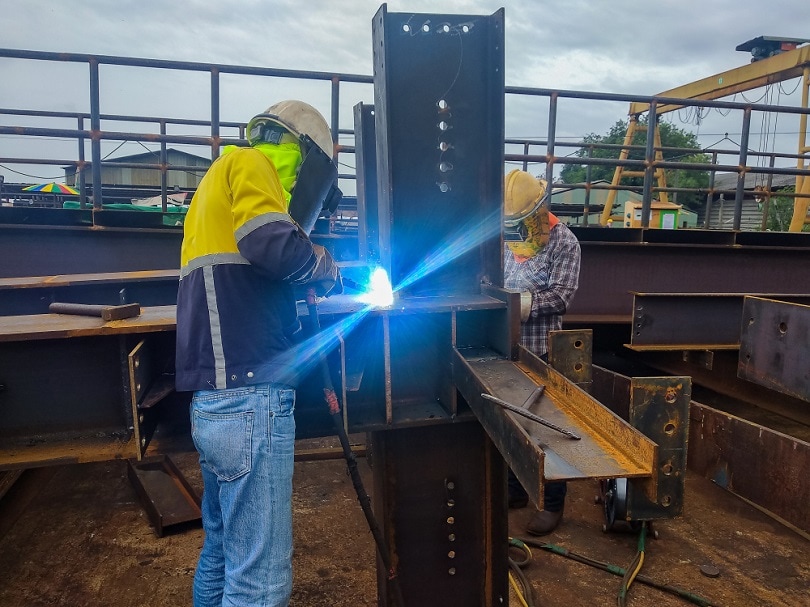
Structural welders also use the FCAW. FCAW processes include:
- Gas tungsten arc welding
- Tungsten inert gas welding
Here, a filler rod is submerged in a flux. It insulates the arc and holds it in place.
How to Become a Structural Welder
Are you thinking about a career in structural welding and don’t know where to start? Here’s a step-by-step guide to becoming a structural welder.
Get a High School Degree
A high school diploma is a minimum requirement for most welding jobs. You need a high school diploma, or its equivalent, to go to most welding schools.
Structural welding requires a strong background in mathematics and science. High school education is the starting point for most structural welders.
Attend a Welding School or College
Most welding schools offer a two-year degree, which qualifies one to work as a structural welder. The curriculum usually includes courses in:
- Blueprint reading
- Metallurgy
- Welding mathematics
- Welding safety
Usually, welding schools don’t offer classes on welding design. But, you’ll develop that skill on the job. Usually, two-year welding programs also need a few months of education.
Apart from welding classes, some schools offer courses in welding computer programs, which are becoming crucial in the welding industry.
Many welding schools also offer internships and apprenticeships. These allow you to work in a welding shop while getting valuable on-the-job experience. These internships and apprenticeships are often paid.
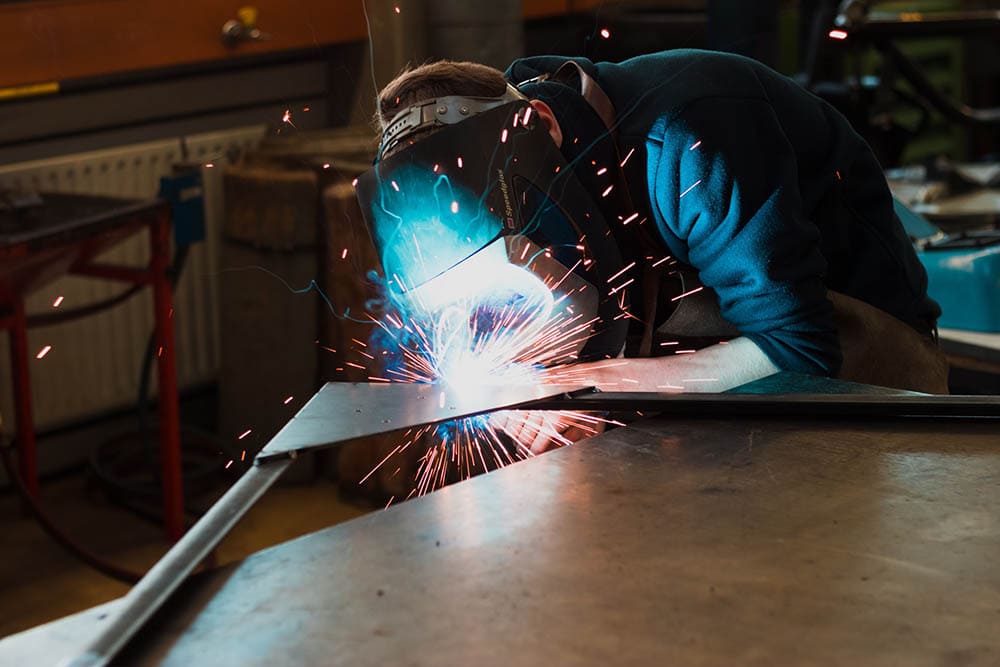
Get your Certifications from the American Welding Society
The only way to increase your odds of getting hired as a structural welder is to get certified. Employers recognize welding certifications. They offer instant proof that you’re a skilled welding professional.
The American Welding Society offers certifications in 11 different welding specialties. Earning a certification takes study, passing an exam, and continuing education. The AWS website has all the information you need to get started. It includes specific certification requirements, training schedules, and the cost of the exams.
Build your Resume and Portfolio
A resume is a summary of your education and experience, while your portfolio is a collection of your work samples. Your resume and portfolio should each be two to four pages long because employers expect applicants to have detailed information about their work history.
Your resume should show your career’s highlights. It doesn’t need to describe every job you’ve ever had, just the ones relevant to your future career.
In your portfolio, describe the job, what skills you used, and your sense of accomplishment. Include photos of your finished work and samples of your work in progress.
Skills needed for Structural Welding
Structural welding is considered one of the most important trades. It plays an intricate role in this industry.
A structural welder job can be monotonous and stressful due to the sheer amount of time spent working with steel. But, the benefits make it rewarding.
Let’s look at several skills a structural welder should have.
1. Stamina and Physical Strength
While plumbers, electricians, or carpenters have to do their work well in a shop or a garage, most structural welding is done outdoors, except for some work on bridges and tunnels.
The job needs a lot of stamina. The average structural welder works six hours a day. It also requires a lot of physical strength. The welder must lift and carry heavy objects and also climb ladders and scaffolding.
2. Blueprint Reading
With the help of the blueprint, structural welders get the hang of where to weld, cut, and grind. After reading through the drawings, they form an image in their mind of how they want the structure to look when complete.
It helps them devise a plan on what equipment to use and how best to go about it. With this knowledge, the structural welder can make great suggestions on how to modify existing designs. So, blueprint reading is a crucial skill that a structural welder should have.
3. Balance and Coordination
Many structural welding jobs require the use of awkward body positions. Structural welders must have a good sense of balance. In structural welding, you have to use your arms, legs, trunk, and feet.
Counterbalancing forces occur even when you’re not carrying out structural welding. Structural welders stand for long hours. They lift heavy loads and hoist them to great heights. To prevent injury, structural welders must learn how to perform movements well when standing and kneeling.
A structural welder must know how to coordinate their movements to maintain proper balance.

4. Monitor, Control, and Operate Equipment
A structural welder must know how to operate the equipment. This work requires a lot of dexterity with the use of tools such a handheld torch, plasma cutter, TIG or MIG welder, an oxyacetylene torch, etc.
Some of the equipment need a steady hand. Others need skill and experience. For example, the handheld torch requires you to hold the flame steady until you’re through with the job.
Controlling the equipment means choosing suitable settings for the welding process. For example, you may need to adjust a welding torch or plasma cutter to make your weld as thin as possible. Also, you may need to change the output of a plasma cutter to get a smooth arc. You must also know how to read the dials and gauges on your equipment.
Operating the equipment means knowing how to start and stop it. A structural welder must know which buttons to push to start or stop the welding machine. Before starting any task, they should test to ensure that the equipment is ready to work.
5. Near Vision and Depth Perception
Structural welding needs accurate positioning of parts. This way, the parts to be welded are correctly positioned relative to one another. The ability to judge distances accurately is also crucial. The structural welder must judge distances between the parts to be welded and those already welded.
Final Thoughts
It takes a lot of metal to build the structures that you see every day. There are entire teams dedicated to making sure these structures remain strong. These teams comprise structural welders.
A structural welder uses a welding process to join together metal parts to build the framework. Structural welders are employed in hundreds of industries. They’re employed in aircraft manufacturing industries, shipbuilding companies, and many more. Thus, ou will always find opportunity if you wish to take this career path.
Featured Image Credit: Everyonephoto Studio, Shutterstock
